Comic books and their movie/TV show adaptations are no strangers to time-travel and over fourteen years (more if you count the Rami Spider-man movies), the MCU has shown many different versions of it. Here’s every version of time-travel in the MCU explained.
Spoilers for the most recent episodes of Ms. Marvel.
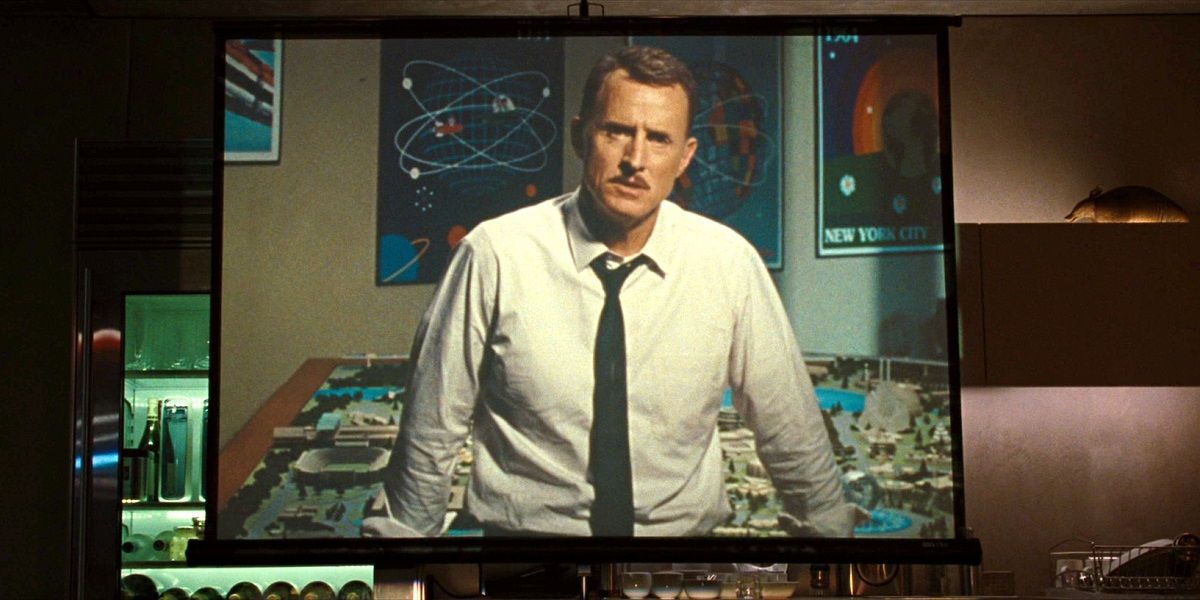
Ironman 2
Not exactly ‘time travel’ but Howard Stark creates a model of a yet-to-be-discovered element and leaves it with a message for Tony, in the hope that Tony will be able to finish his work. However, this message did explore how the past affects the present and shapes the future.
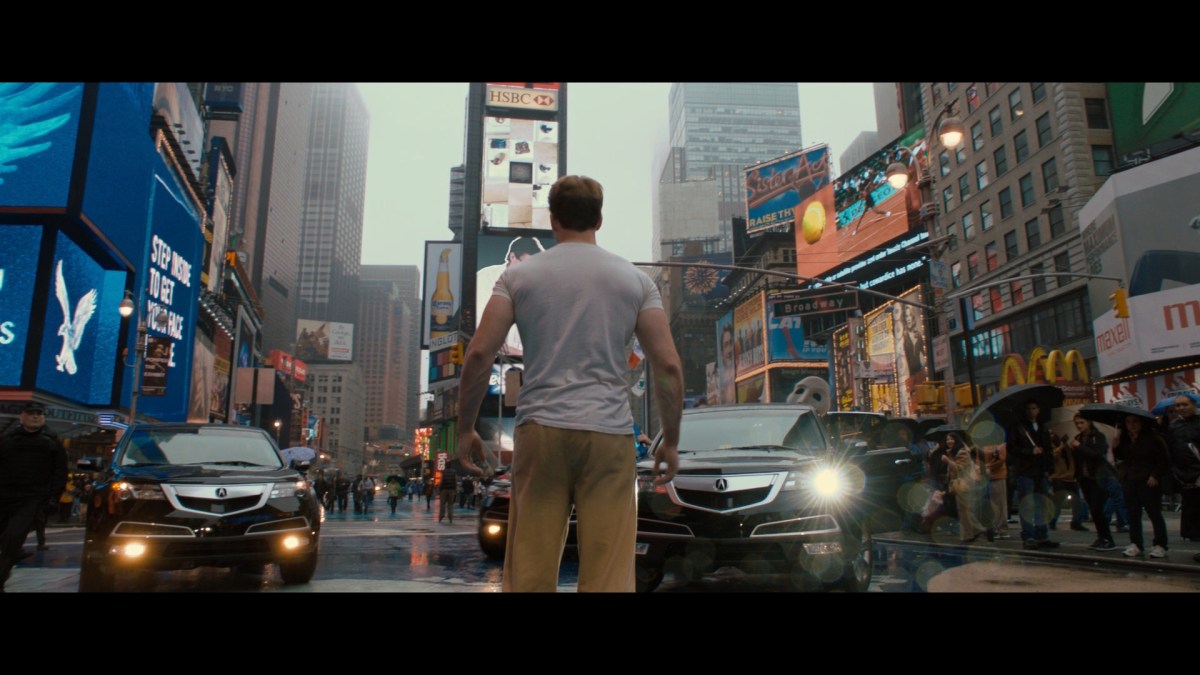
Captain America
Again, a weird form of ‘time travel’ but still counts. Steve Rogers, after crashing the Red Skull’s plane in the Arctic, gets frozen for almost seventy years and does not age in all that time. Obviously, it’s only time travel in one direction, but it still counts, as Steve effectively falls asleep in 1945 and wakes up in 2012.
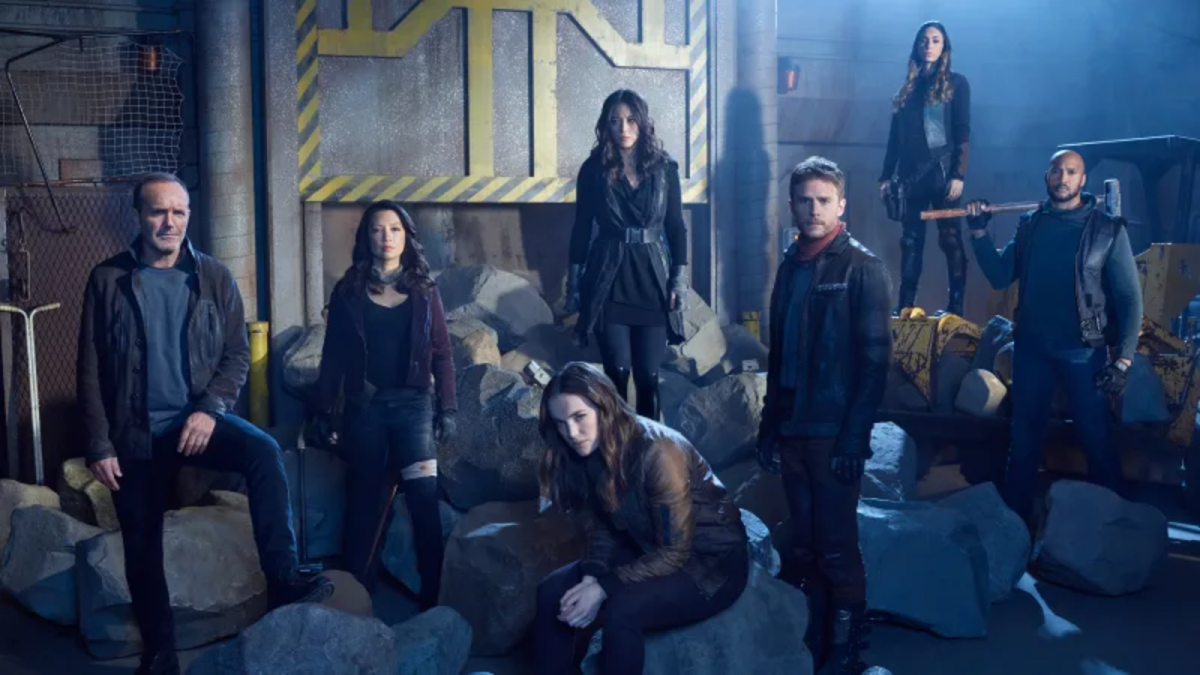
Agents of S.H.I.E.L.D.
The first time we get into the complications of time travel is in Season 3 Episode 15 where Skye/Daisy gets visions of the future. She wants to change the future, but Fitz describes time as being fixed and our perception of it only gives the illusion of the future being on a linear, changeable path.
Skip a couple seasons and we get to full on time travel into both the future and the past, where time travel is explained as a stream which can be blocked and changed if enough ‘sticks’ are thrown in but for the most part, individual sticks will not change the stream. Instead of branch universes, it focuses more on paradoxes and changing the future by going to the past.
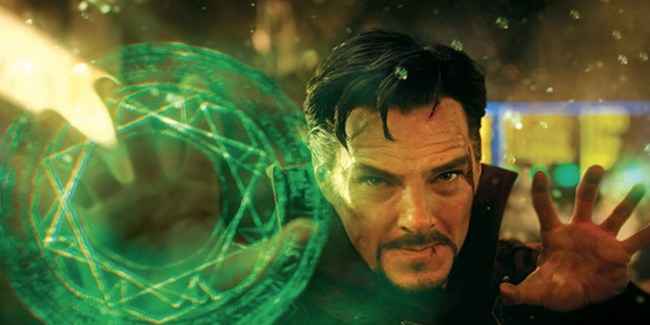
Doctor Strange
The Ancient One, being the keeper of the Time Stone, is implied to have knowledge of all time up to her death in 2017 and the Time Stone itself seems to function on a “fixed timeline;” a partially eaten apple will become more eaten overtime, indicating that Strange will finish the apple and not throw it out.
Doctor Strange ultimately uses it to trap both himself and Dormammu in a time loop and eventually bargains with Dormammu to undo the damage he had done and therefore rewind time.
Ant-Man and The Wasp
“And don’t get caught in a Time Vortex, we won’t be able to save you.”
Those immortal words set up the time-travel used in Endgame. The movie itself seems to not deal with much time travel, with Janet Van Dyne having aged at the same rate as her husband despite having spent half her life in the Quantum Realm.
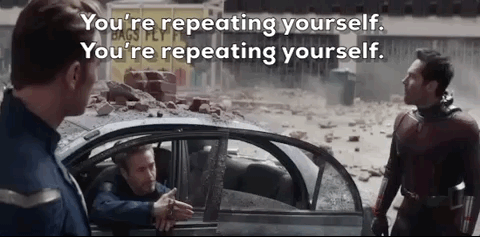
Avengers: Endgame
This of course was the game changing use of Time Travel in the MCU, allowing heroes to revisit their greatest moments.
The way Professor Hulk explains it is in line with the stream theory of Agents of SHIELD except it rejects the possibility of paradoxes from the start as that would just make new branches in the timeline. The fact that Tony also bases his time GPS on a mobius strip also indicates that it’s a closed loop.
Of course, there are some questions about that: we know Loki escaping with the Tesseract created a new timeline, but Steve Rogers going back to marry Peggy Carter doesn’t? (The Russo Brothers’ insistence that Steve was always Peggy’s husband feels like a retcon.) Is the timeline without Gamora and Nebula doomed to never have the Guardians of the Galaxy?
The Snap/the Blip could also be considered a form of time travel as everyone who blipped suddenly found themselves five years in the future with no memory of being dead, as shown in WandaVision.
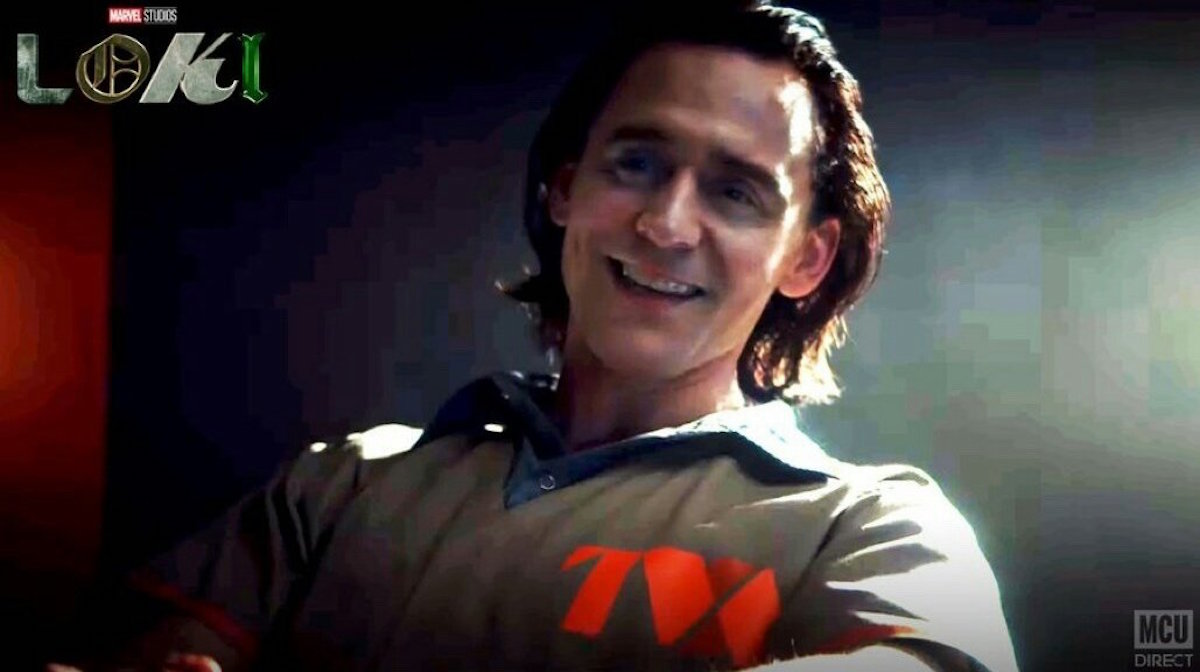
Loki
The Time-Variance Authority obviously spends a lot of their work time-traveling across both time and space, backwards and forwards. They also apparently send all trimmed branches of the timeline to the end of all time, indicating there is an endpoint.
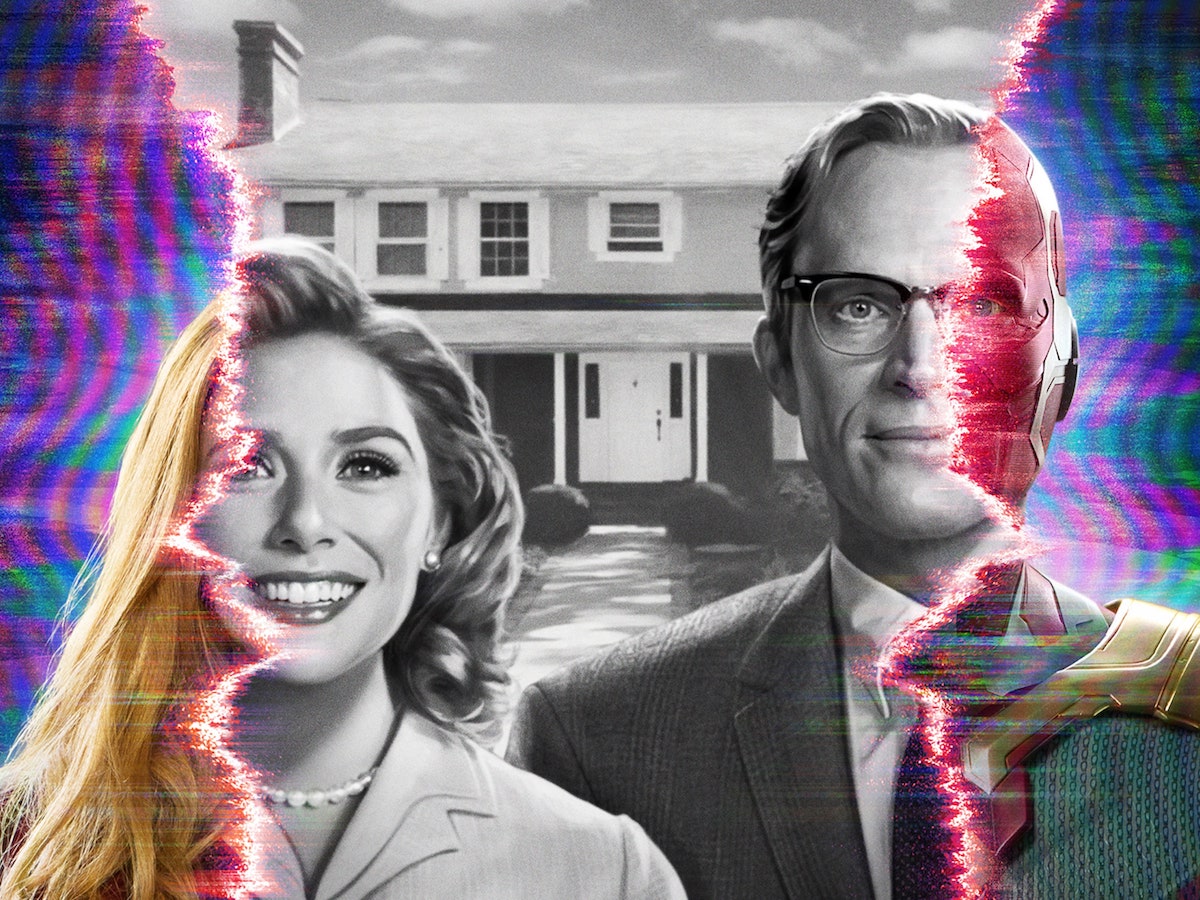
WandaVision
Again, not exactly time travel as much as the creation of an alternate world, but Wanda’s Westview Hex is in some ways a time-travel bubble, taking all who cross through back to a sitcom version of the time period, though by the end of the show it seems to have caught up with modern sitcoms, leaving the nostalgia of the false past behind.
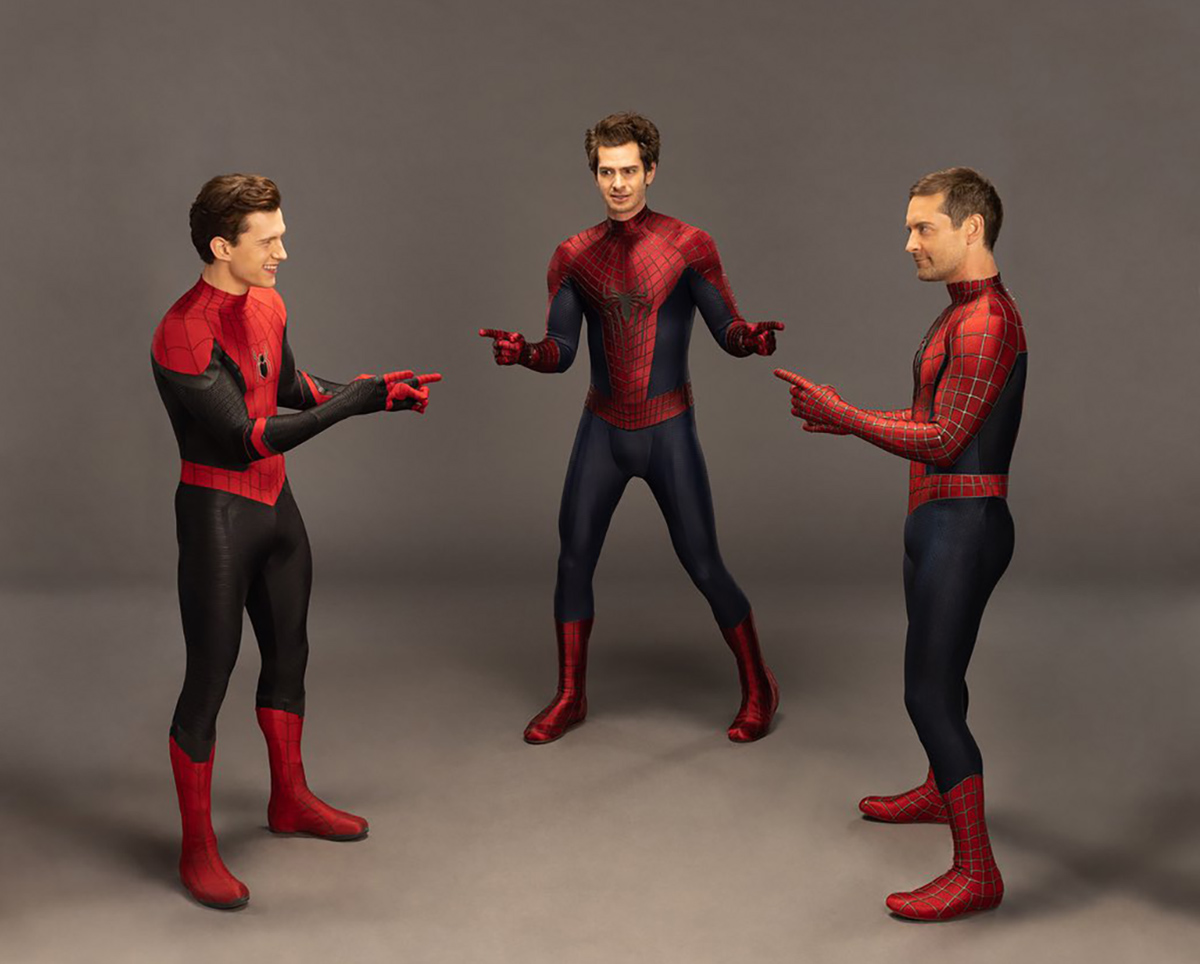
Spider-man: No Way Home
Again, a variation, but considering most of the villains in No Way Home were plucked from separate points in their Spider-men’s timelines, it certainly feels like it counts.
Of course, that begs the question, now that Peter has returned these ‘cured’ villains to their own points in the timeline, will that change his other Spider-men’s timelines? Does Norman Osborn being cured fix Harry and Peter’s friendship? Does Doctor Octavius being redeemed early change his sacrifice? Does Electro being talked down mean Gwen Stacy survives?
Maybe Sony will allow that to be explored in future episodes of What If?
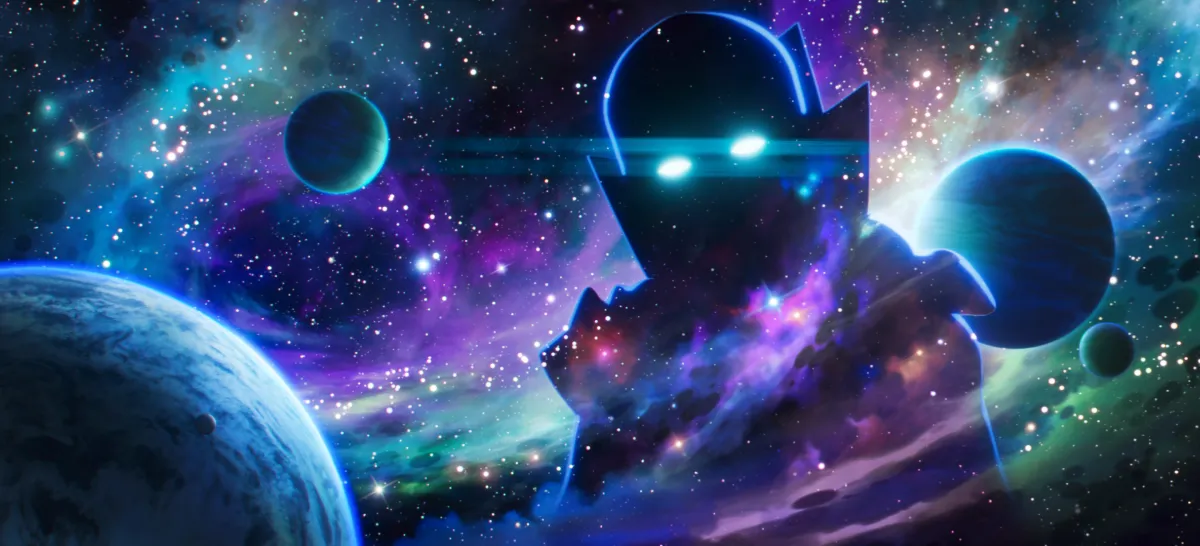
What If?
The Watcher seems to be able to see all of time and space in every universe, giving him a kind of universal knowledge that works with the fixed timeline theory. At the same time, he is occasionally taken by surprise, almost making it seem like every universe is a book he is in the process of reading; sometimes you can see the inevitable coming that the characters can’t, sometimes you yourself are taken by surprise.
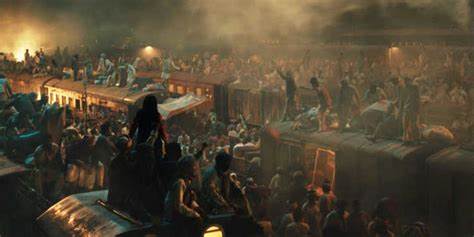
Ms. Marvel
The most recent episode of Ms. Marvel also confirmed that Kamala wasn’t just seeing a flashback to her family leaving India during Partition, she had actually time traveled using the bangle that unlocked her powers. In fact, she was the one who helped her grandmother find her great-grandfather in-time to get them both on the last train.
How’s that for fixing the grandfather (grandmother?) paradox?
What’s your preferred method and/or explanation of time travel in the MCU?



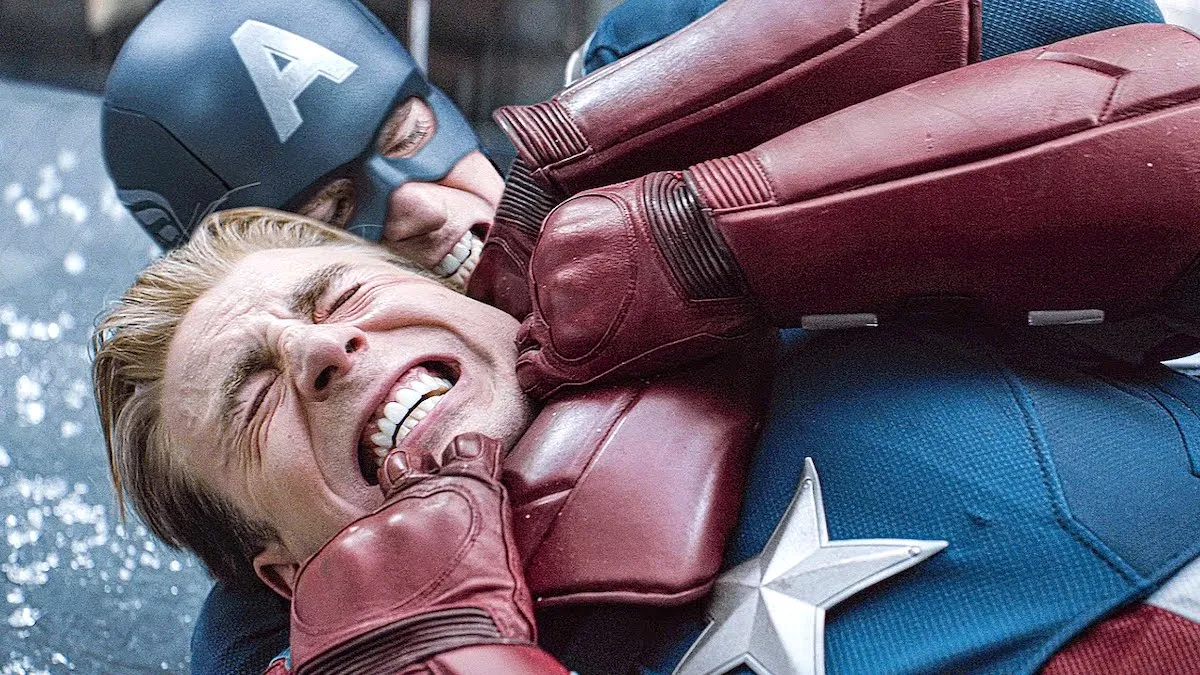






Published: Jul 17, 2022 11:00 am